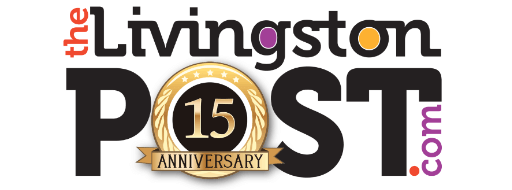 Information radiators. Hadn’t heard that phrase before last night’s Agile discussion. What’s an information radiator, the best example was cited by Helene Gidley. Helene used the example of the ‘thermometer’ charities use to show progress toward a goal. Driving down the road, in a glance, you can tell if there has been progress and how much.
Information radiators. Hadn’t heard that phrase before last night’s Agile discussion. What’s an information radiator, the best example was cited by Helene Gidley. Helene used the example of the ‘thermometer’ charities use to show progress toward a goal. Driving down the road, in a glance, you can tell if there has been progress and how much.
We spent a fair amount of time discussing ‘information radiators’ in the work place. In software development arenas, these can include Gantt charts, pie charts, burn up or burn down charts, graphs of new bugs reported against bugs fixed, and so on.
While we all had good examples, some the group wanted to hear more about, others less exhilarating, there was one almost overlooked. Us. You, me, each other, we are all very powerful information radiators. A person’s body language, words they choose, tell us volumes and are easily forgotten in a world of charts, graphs, and tables.
As the discussion evolved, the group also spent time discussing radiators’ scope. Some information radiators are intended only for the workgroup level. Others need to serve mixed groups, at peer level in the same organization (developers|developers), or different hierarchies (development|management|executive staff). How information is consumed, distilled, and redistributed (if at all), is very important.
Finally, there is the concept of collocated teams and organizations with very geographically dispersed work groups. The radiators we pay attention to can vary wildly. Some remote contributors had key contacts ‘in the office’ that kept them up to date. Others rely on IM presence indicators, while in one extreme case, an individual’s company actually has remote robots. The remote staff actually use a robot, controlled by a joystick in their home office, to ‘drive’ themselves into a person’s office to conduct a discussion. Me, I’m happy with IM, thank you very much. The robot is cool, but…
So, questions bare asking: What do you use as an information radiator? What works for you, in your line of work? What might you add that could contribute significantly in your workplace?
(photo credit: Rafal Krawczyk)
